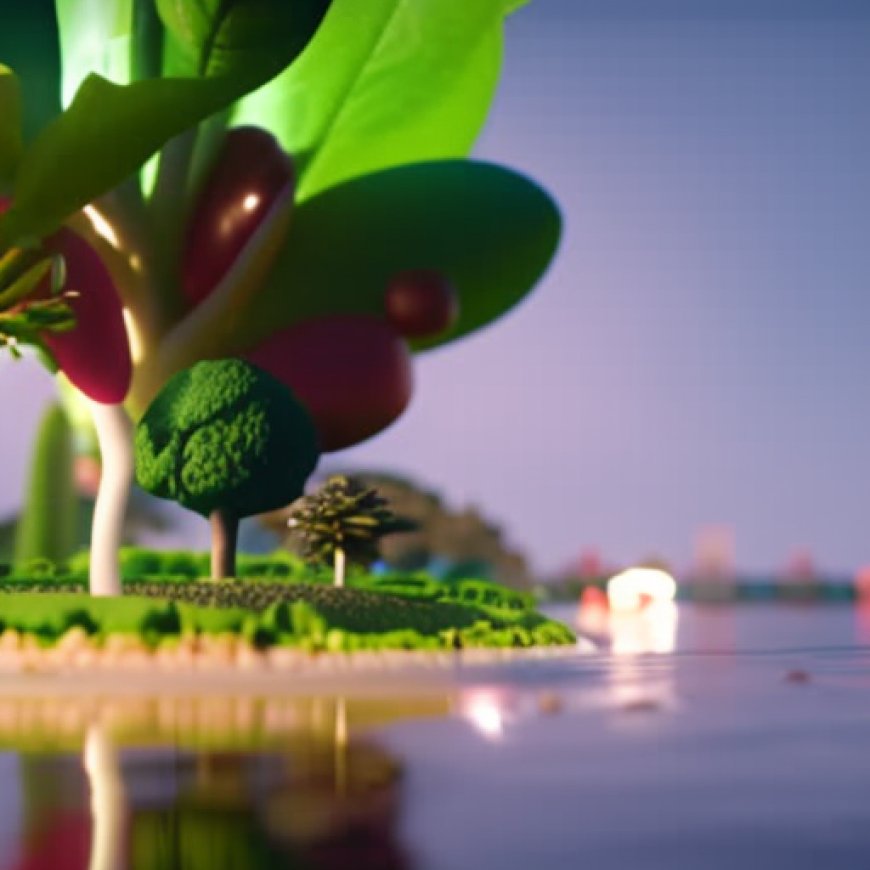Small Island Developing States Highly Vulnerable To Food Insecurity


Sustainable Development Goals and Food Security in Small Island Developing States (SIDS)
Introduction
Small Island Developing States (SIDS) encompass a group of 39 states and 18 associate members situated across three major geographical regions—the Caribbean, the Pacific, and the Atlantic, Indian Ocean, and South China Sea (AIS). These states face unique social, economic, and environmental vulnerabilities— including complex challenges related to food and nutrition.
The Urgency of Food Woes in SIDS
At a 2023 meeting of the Food and Agriculture Organization, Steven Victor, Palau’s Minister for Agriculture, Fisheries, and the Environment, emphasized the urgency of SIDS’ multifaceted food woes.
Challenges Faced by SIDS
The multidimensional challenges faced by SIDS are masked by their designation as middle-income countries, but are apparent when comparisons are made between them and other middle-income countries, following the impact of external shocks. SIDS are almost always impacted more severely than their other middle-income country counterparts.
Resource Constraints
While agriculture is an important source of employment and livelihoods for many SIDS, small size and competing economic priorities often create resource challenges that limit economies of scale and scope.
Climate Change
SIDS are among the most climate vulnerable nations globally, and their agriculture sectors are among the most susceptible to climate risks.
Debt Distress
According to the World Economic Situation and Prospects (WESP) report from the United Nations Department on Economic and Social Affairs (UN DESA), SIDS carry the second highest level of gross government debt as a percentage of GDP, by country grouping, only lower than that of developed countries, but higher than that of low income countries, landlocked developing countries and least developed countries.
Over-Reliance on Food Imports
In SIDS, food imports significantly surpass national food production as the primary source of food.
Tourism: The Double-Edged Sword
Before the onset of the COVID-19 pandemic, tourism served as the lifeblood of SIDS’ economies, contributing a staggering percentage of all export revenues in many countries. However, this dependence on tourism exposes SIDS to a multitude of external shocks.
The Way Forward
SIDS priority areas for action have most recently been formalized in the Antigua and Barbuda Agenda for SIDS, 2024–34 (ABAS). The ABAS proposes strategies to improve food security in SIDS.
Copyright: Dive into this article, curated with care by SDG Investors Inc. Our advanced AI technology searches through vast amounts of data to spotlight how we are all moving forward with the Sustainable Development Goals. While we own the rights to this content, we invite you to share it to help spread knowledge and spark action on the SDGs.
Fuente: forbes.com

Join us, as fellow seekers of change, on a transformative journey at https://sdgtalks.ai/welcome, where you can become a member and actively contribute to shaping a brighter future.







